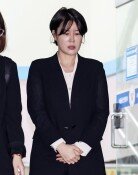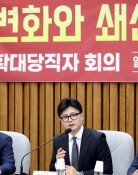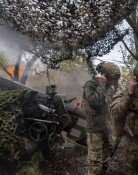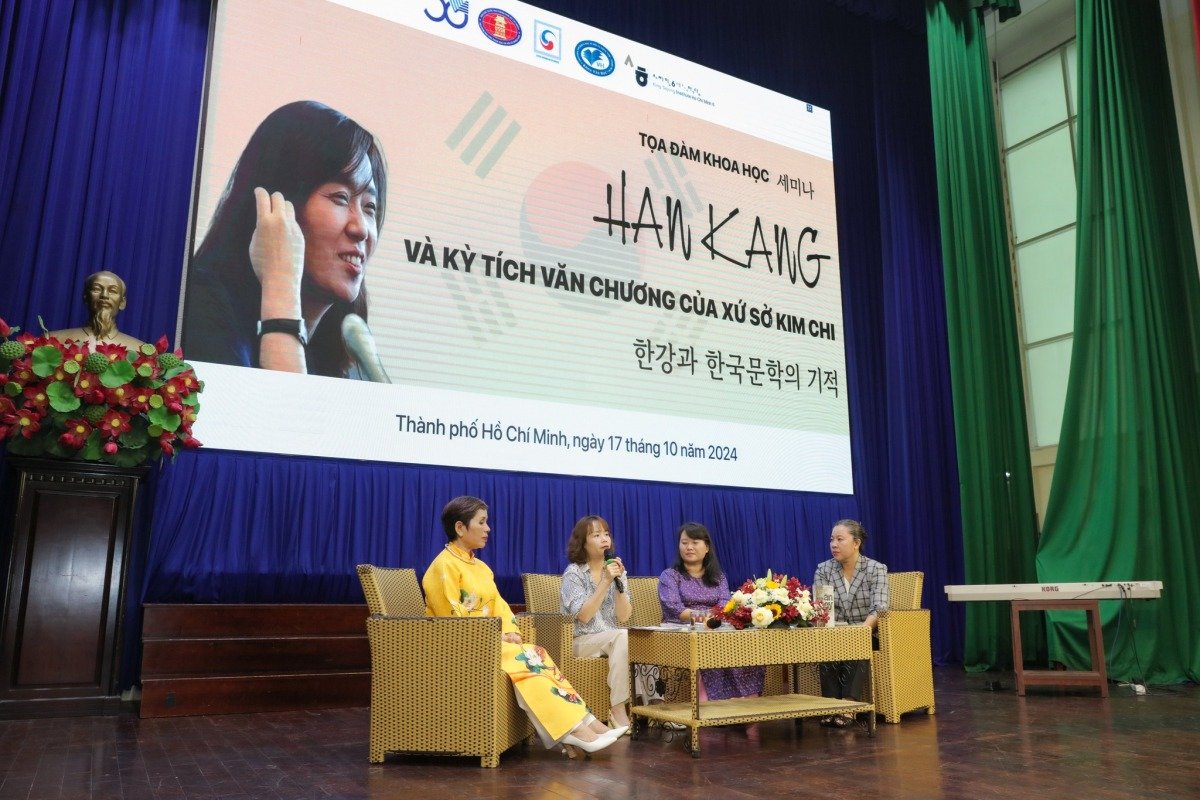[Contribution] Nogunri compensation justifiable
[Contribution] Nogunri compensation justifiable
Posted January. 15, 2001 12:37,

The Nogunri killings of civilians in July 1950 began to be investigated nearly 50 after the incident with the Associated Press report Sept. 29, 1999. The content of the incident is as follows: The civilian refugees in Yongdong county, North Chungchong Province, who were being evacuated under the protection of U.S. forces, were strafed by U.S. warplanes in the vicinity of the hamlet of Nogunri on July 26, 1950, an early stage of the Korean War, and more than 200 civilians were killed by U.S. soldiers with gunfire in the nearby waterway and the tunnels between July 26 and 29.
In the initial phase of the war, the 24th division of the U.S. Eighth Army, which was withdrawing from the North Korean Army, suffered great damage following the fall of Taejon to the enemy and then was replaced by the 1st Cavalry Division. And the 2nd Battalion of the 7th Regiment of this cavalry division inflicted the Nogunri killings.
After the first AP report on the massacre, the governments of the South Korea and United States conducted their joint investigation in line with the directions of the Korean and U.S. presidents for more than one year. During the course of the joint probe, the nations mobilized massive manpower to interview with a number of witnesses and references, and traced more than 7,000 U.S. soldiers and obtained testimonies from 175 of them. And they collected and examined a number of documents preserved at the archives in various places.
As a result of their intensive investigation, the two governments made public the probe result Jan. 12, in which the United States acknowledged that an unknown number of innocent civilians were killed or injured by U.S. soldiers during the critical time of the early war period. At the same time, U.S. President Bill Clinton issued a written statement, expressing regret over the incident.
The Korea-U.S. probe findings were significant in that they officially recognized the killing of South Korean civilians for the first time. It was tragic that the survivors and family members of the victims were not able to claim their due rights or compensation for the mishap during the past five decades. The findings also are rated as highly important for providing ground and materials for them to shed light on the truth of the case and to demand compensation.
However, it is regrettable that the United States failed to acknowledge its illegalities that are obvious and avoided due compensation.
Of course, President Clinton's expression of regret and decision to build a memorial and establish a scholarship fund as a living tribute to the victims are laudable, but they fall short of addressing the families¡¯ grievances or complaints.
From this standpoint, the Nogunri probe result does not mean the end of the case but marked the beginning of resolving the case. This is because there is much circumstantial evidence to prove that U.S. soldiers¡¯ firing on civilians was carried out on orders from their commanders. And even in the absence of such orders, their shooting of civilians, including children and elderly, cannot be justified and clearly constitute crimes. And the soldiers' illegal actions must be the responsibility of the U.S. government for compensation and other accountability.
As a matter of fact, even if any civilians file suits for compensation, it will be almost impossible for them, as individuals, to track down the detailed process of the incident and bring light to it. Nonetheless, there still is the possibility for the related survivors and families of the killed to receive compensation by taking legal steps, since the truth about the Nogunri case has been considerably uncovered and concrete testimonies and evidence were furnished.
Prof. Lyou Byung-Hwa of Korea University on international law
Headline News
- Presidential Office signals possible offensive weapons aid to Ukraine
- N. Korea reportedly prepares military balloon attack with Russia
- Medical associations join bipartisan talks on expanding medical school quotas
- Former world No. 1 Ko Jin-young returns to LPGA
- Kakao unveils AI service ‘Kanana’ at 'if Kakao AI 2024'







